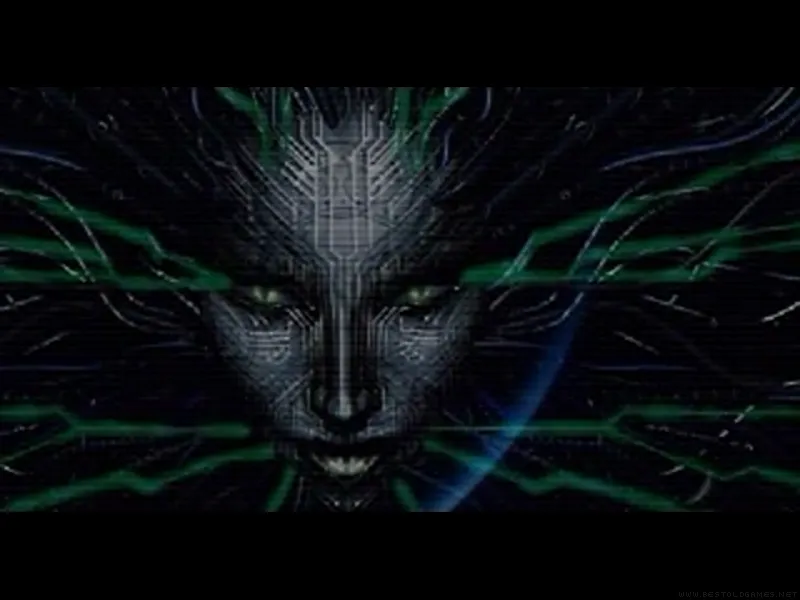

Image: Nightdive Studiosīest of all, the game’s antagonist, the AI known as SHODAN, was fully-voiced. With System Shock’s enhanced CD-ROM edition, many of these were even voice-acted – and the audio log as a concept was born. Instead, you found notes and voice recordings left by station staff on data sticks and computer terminals. Killing off (most of) the cast before the player arrives, and leaving you to explore an essentially abandoned space station, was a design decision made to avoid interactions with NPCs via the kind of basic branching dialogue trees employed by RPGs of the time. System Shock was always more narratively sophisticated than DOOM.

Rough-cut, perhaps, but the same kind of brilliance shines through. It feels like the first sketch of the kind of improvisational combat encounters later seen in a Deus Ex or a Bioshock. The choices you make over what gear to carry with you and what to store in the cargo lift on each level carry consequences that shape your experience of every encounter. Inventory space is tight and resources must be constantly managed.


 0 kommentar(er)
0 kommentar(er)
